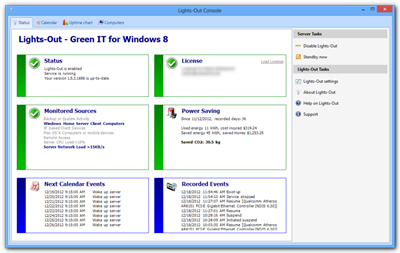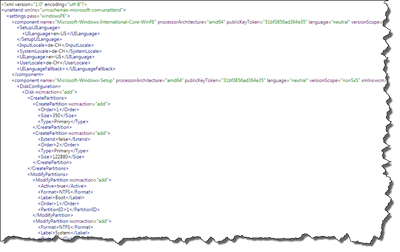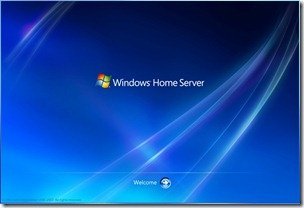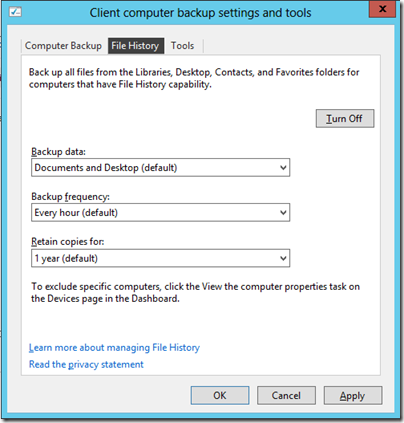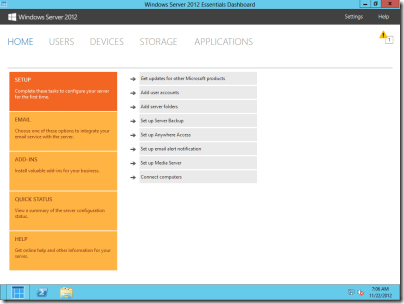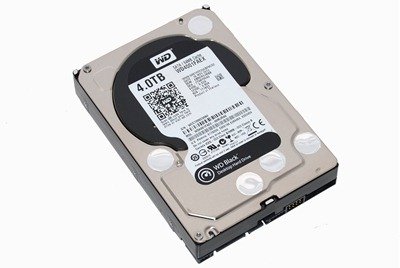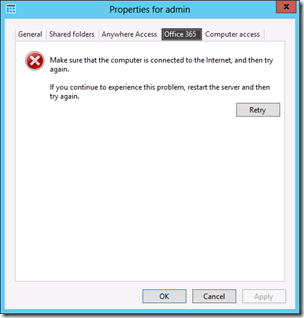Did you know that WS2012e includes DirectAccess?
Did you know that Windows Server 2012 Essentials includes DirectAccess?
Windows Server 2012 Essentials now includes the ability to be a DirectAccess server! In the Windows Server 2008 R2 timeframe, DirectAccess required two distinct servers and two public facing IP addresses. In Windows Server 2012, only one public IP address is required and DirectAccess can be configured for a single server scenario.
What is DirectAccess?
DirectAccess is a solution that provides users with the same experience working remotely as they would have when working in the office.
With DirectAccess, remote users can access corporate file shares, Web sites, and applications without connecting to a virtual private network ( VPN). Further, DirectAccess separates intranet traffic from Internet traffic, and reduces unnecessary traffic on the corporate network.
More information can be found here.

